Community-based Renewable Energy Initiatives in Halmahera’s Transmigrant Villages
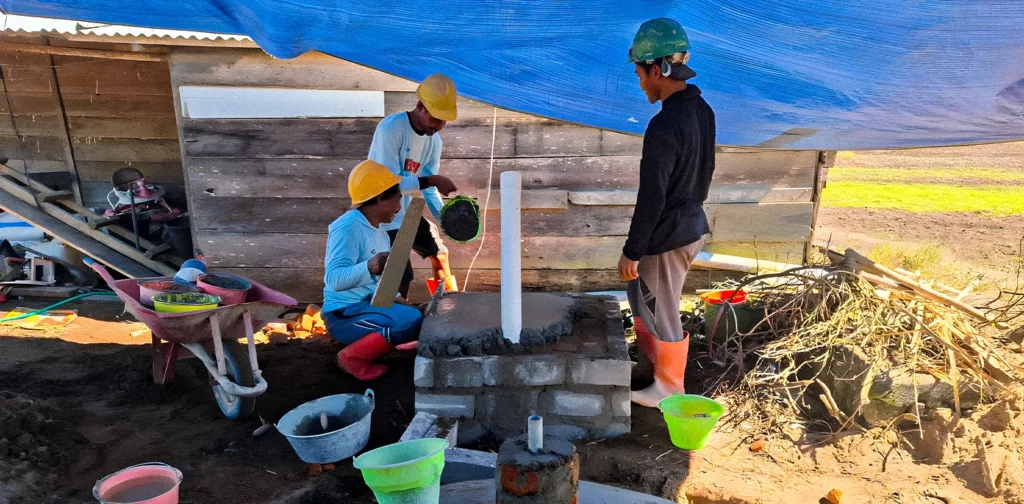
Pembangunan Fasilitas Biogas. | Foto: Dokumentasi: Biogas Safari Bumi Raya.
In Indonesia, every region across the archipelago holds a unique potential for renewable energy resources. This is especially true in rural areas, with highly promising solar, biomass, hydro, and wind energy potential that still remains largely unrealized. This is precisely what drives community-based renewable energy initiatives in transmigrant villages in Halmahera, North Maluku. There, communities are developing biogas systems to meet local energy demands.
Renewable Energy in Transmigrant Villages
In Indonesia, biogas is one of the more promising renewable energy sources. Its potential may reach up to 7,000 million Nm3 annually from livestock and agricultural waste. Produced through Anaerobic Digestion (AD), a process that converts organic waste into energy, biogas offers a cost-effective and reliable alternative to liquefied petroleum gas (LPG), which can be quite inaccessible for rural communities.
This is applicable for transmigrant communities in Halmahera. Transmigration areas are settlements that are established by the government to redistribute population. These zones are often surrounded by untapped energy resources that remain underutilized due to limited technical capacity and infrastructure. Meanwhile, as the transmigrant communities settle and grow, ensuring access to renewable and reliable energy becomes an integral part of the vision.
Halmahera’s Community-Based Renewable Energy Initiatives
In Halmahera, transmigrant villages are making that vision a reality through community-based renewable energy initiatives. They are already benefiting from the efficiency of biogas, primarily for household cooking purposes.
With training facilitated by NGO Safari Bumi Raya, transmigrant communities in Halmahera started building biogas digesters. They do so within controlled environments to ensure consistent output and optimize biogas production. The biogas is then distributed through pipes to each house.
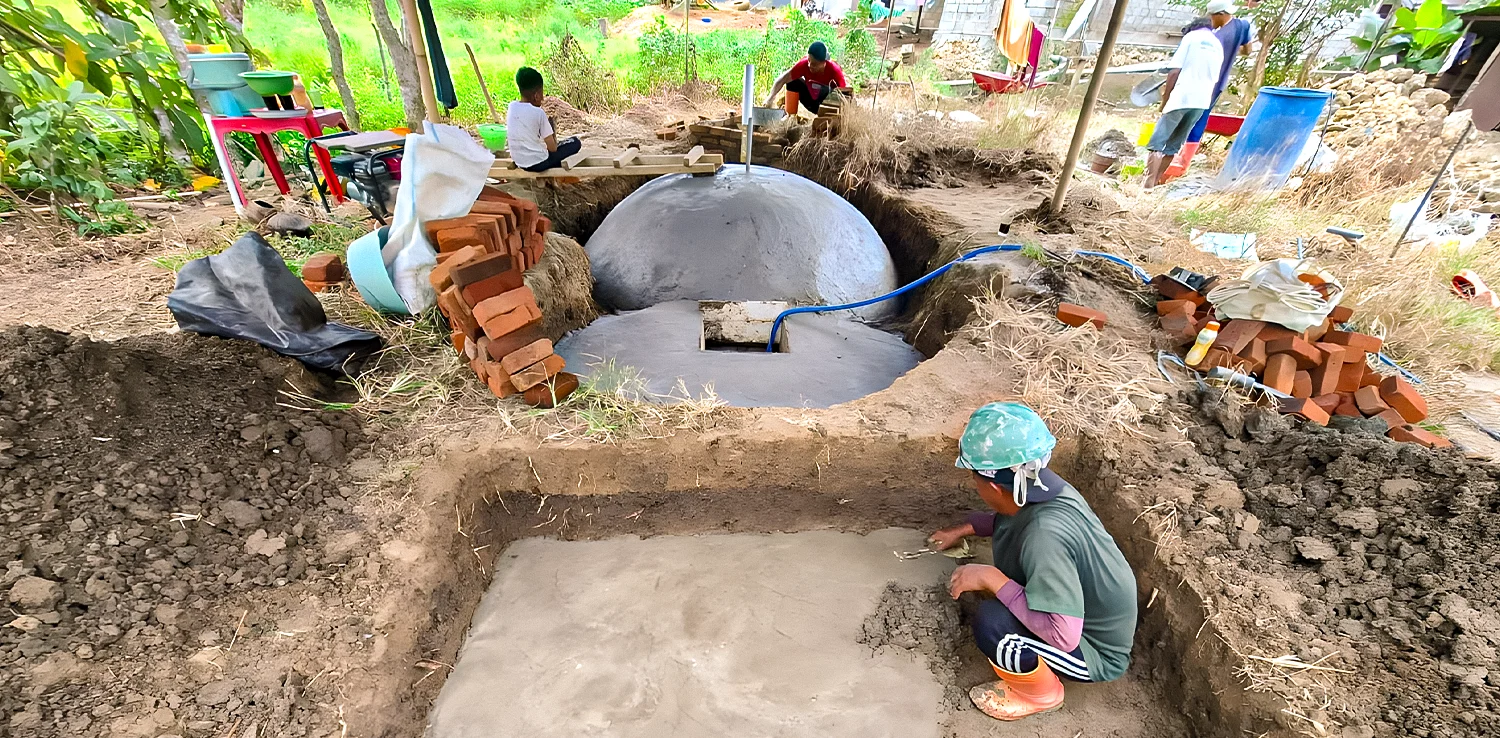
This system allows for a self-sustaining cycle. It transforms agricultural waste and manure into clean biogas for cooking. Then, the remaining nutrient-rich byproducts can be used as fertilizer to support sustainable farming practices. This process represents a model for a circular economy on a small scale.
Moreover, this initiative also acts as a tool for social empowerment. Women in Halmahera have taken leadership roles in managing biogas systems as they generate energy for household purposes. Their active involvement has strengthened community networks, uniting people under collective commitment to local energy resilience.
Rural Innovation and Aspirations
What begins at the domestic level has considerably greater potential. The community-based renewable energy initiatives in Halmahera are just some of many good practices in rural and energy development. Rural community and grassroots aspirations should always have a place in their own development, one that also respects the nature it is built upon.
After all, the success of transmigration and rural development should not be measured merely by how much it utilizes the land or how many roads it builds, but also by how effectively it mobilizes local communities as agents of change in building sustainable ecosystems and resilient communities.
Editor: Nazalea Kusuma

Join Green Network Asia Membership
If you find this content useful, support Green Network Asia’s movement to create positive impact for people and the planet through public education and multi-stakeholder advocacy on sustainability-related issues and sustainable development. Get exclusive benefits for personal and professional development as well as for organizational capacity development.
Become a Member NowArifa Fajar
Arifa is an Environmental and Sustainability student at the University of British Columbia (UBC), Canada. She has a passion for renewable energy and community-based sustainability initiatives.


 Understanding the Dark Side of Artificial Intelligence
Understanding the Dark Side of Artificial Intelligence 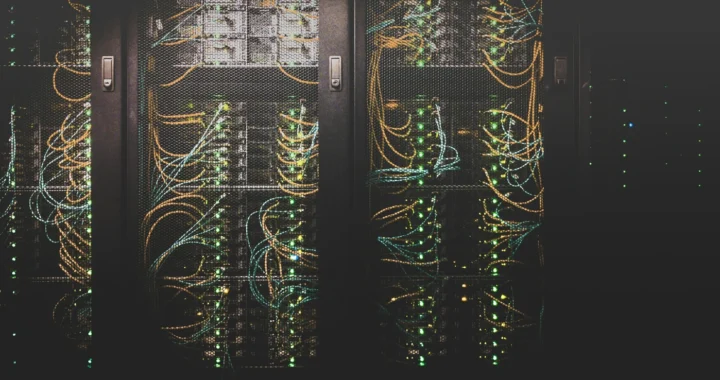 Attempting Data Center Circularity Through Waste Heat Recovery
Attempting Data Center Circularity Through Waste Heat Recovery 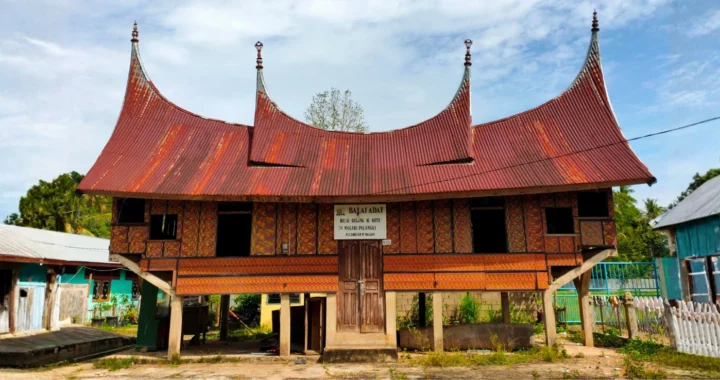 Indigenous Knowledge and Art as Integral Instruments for Disaster Risk Reduction
Indigenous Knowledge and Art as Integral Instruments for Disaster Risk Reduction  Strengthening Societal Resilience in the Age of Disruptions
Strengthening Societal Resilience in the Age of Disruptions  Building Strategic Approach to Support Urban Health for All
Building Strategic Approach to Support Urban Health for All 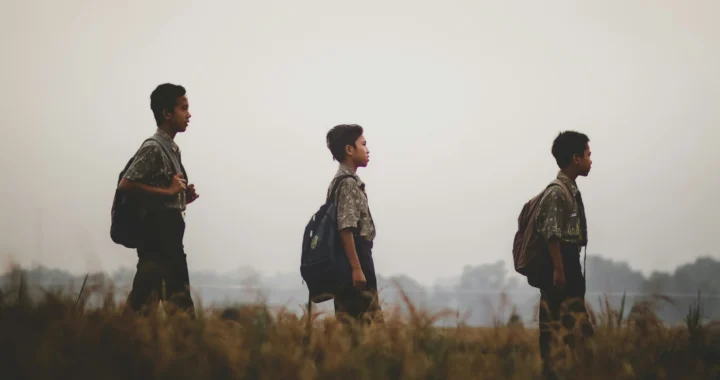 Understanding and Addressing Multiple Dimensions of Child Deprivation
Understanding and Addressing Multiple Dimensions of Child Deprivation